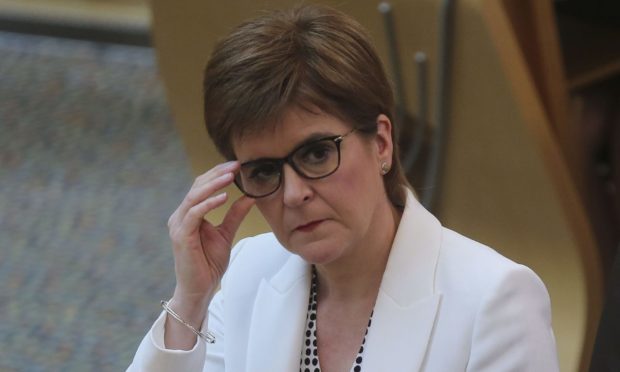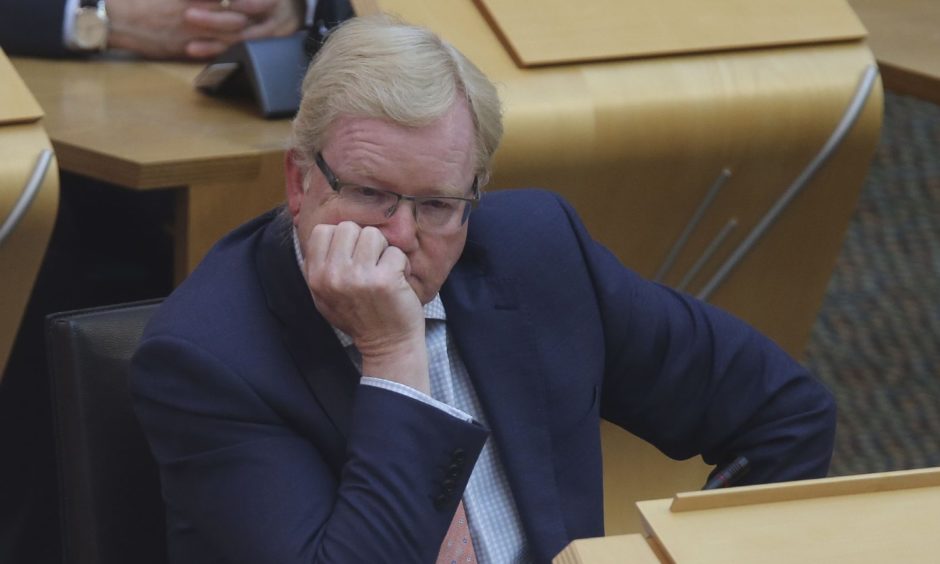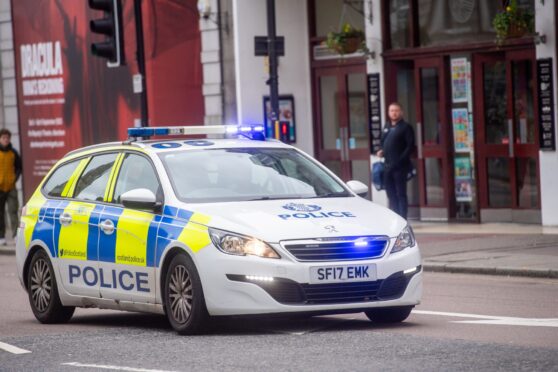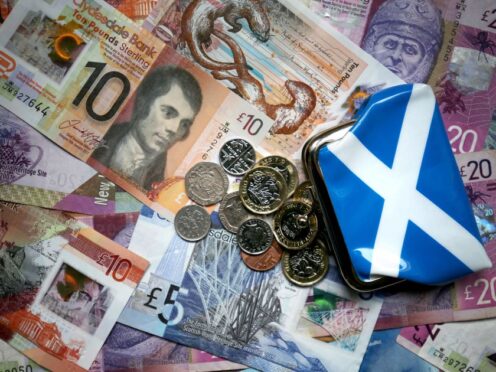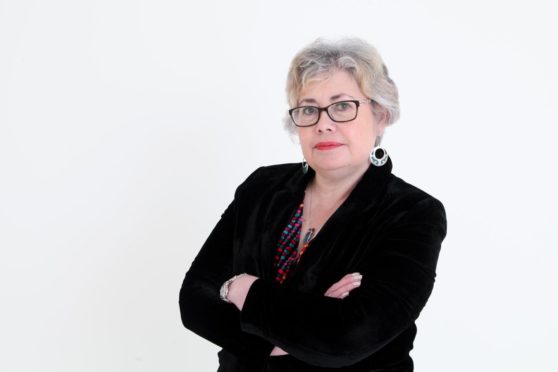A formal inquiry will be launched into the Scottish Government’s handling of the coronavirus pandemic and the ongoing crisis in Scotland’s care homes, Nicola Sturgeon has confirmed.
The first minister made the pledge after being challenged by Scottish Conservative leader Jackson Carlaw, who claimed residents in such facilities had been “treated like second-class citizens” and said the situation was now a “national scandal”.
The latest Scottish Government delayed discharge figures show 921 patients were released from hospitals into care homes in March alone. Mandatory testing of new residents was not announced until April 21.
Ms Sturgeon has been unable to rule out a link between a deadly wave of Covid-19 sweeping Scotland’s care homes and the decision to release so many untested patients.
Mr Carlaw criticised the first minister as he raised the case of Sandra O’Neill and her mother Mary, who died from coronavirus at a care home in Drumchapel after seeing people returned to the facility “despite clearly being ill”.
Raising the issue at first minister’s questions, Mr Carlaw said: “The tragic stories of people like Sandra’s mother underline the need not just for a review but for a formal pubic inquiry into what has happened in our care homes specifically.
“Will the first minister confirm today she will in due course instruct that formal public inquiry into the care home sector?”
Ms Sturgeon confirmed there will be a public inquiry “into this whole crisis and every aspect of this crisis, and that will undoubtedly include what happened in care homes”.
Scottish Government guidance issued in mid-March made no mention of whether people discharged from hospitals should be tested for coronavirus.
It stated steps should be taken “to ensure that patients are screened clinically to ensure that people at risk are not transferred inappropriately but also that flows out of acute hospital are not hindered and where appropriate are expedited”.
Updated guidance issued on March 26 said individuals being discharged from hospitals “do not routinely need confirmation of a negative Covid test”. This was changed on April 22 to require two negative tests.
The latest weekly data, published on Wednesday, showed more than 1,700 care home residents have died from Covid-19 – 46% of all virus deaths since mid-March.
It also confirms hospital deaths have reduced to pre-pandemic levels, whereas deaths in care homes remain significantly higher than the five-year average.
Pressed by Mr Carlaw on whether hospital patients with coronavirus symptoms were discharged into homes, Ms Sturgeon said: “Clearly I did not see every patient who was discharged to a care home.
“I cannot stand here and give a categoric assurance that no patient with symptoms was discharged, it would be wrong for me to do that.”
She said “very, very clear” guidance was in place at the time that risk assessments should have been carried out before patients left hospital.
The first minister recalled hospitals were expecting a “tsunami” of coronavirus cases when decisions were taken on guidance.
“It would have been unthinkable to leave older people there in the face of that, that would have put them at huge risk and many, I am sure, would have died in those circumstances,” she said.
Ms Sturgeon also appeared to launch a thinly-veiled attack on Mr Carlaw’s leadership following revelations about prime minister Boris Johnson’s top aide Dominic Cummings flouting lockdown rules.
Mr Carlaw called on Tuesday for the adviser to “consider his position” but only after a series of his own MSPs said Mr Cummings should quit.
Ms Sturgeon said being a leader meant making tough calls, not “hiding away with your head down hoping that it all goes away” and that she hoped the Scottish Tory leader would reflect on that.
A total of 2,304 patients have died in Scotland after testing positive for Covid-19, up by 13 from 2,291 on Tuesday. Some 15,240 people have tested positive for the virus, up by 55 from 15,185 the previous day.
There are 1,247 patients in hospital with confirmed or suspected cases of coronavirus, a rise of 47. Of these, 38 were in intensive care, a rise of three.
Meanwhile, figures released by National Records of Scotland, which include all deaths where Covid-19 was referenced on the death certificate, showed the number of people dying from the virus has fallen for a fourth consecutive week.
The 230 deaths recorded in the week ending May 24 is 105 fewer than the previous week and brings the total number of deaths recorded using this method since the outbreak began to 3,779.
From Thursday, those testing positive for coronavirus will be asked to provide the names of people they have been in contact with face-to-face, in their household or less than two metres away from for 15 minutes or more.
Ms Sturgeon vowed those self-isolating under the new contact tracing scheme will receive support if they need it.
She said: “Support will be provided largely using the kind of infrastructure we’ve put in place to get support to those in the shielded group.
“That could be support accessing food and medicine if there are no family members that are able to do that. Or it could be – in extremis – support with alternative accommodation.”
Ms Sturgeon added: “If you don’t want to face a period of self-isolation then the best way to minimise that risk is not to come into close contact to somebody outside your own household.
“So if you take care not to be within two metres of somebody outside your household, then you are minimising your risk of ever being in the position of getting that phone call from a contact tracer and being advised to self-isolate.”
